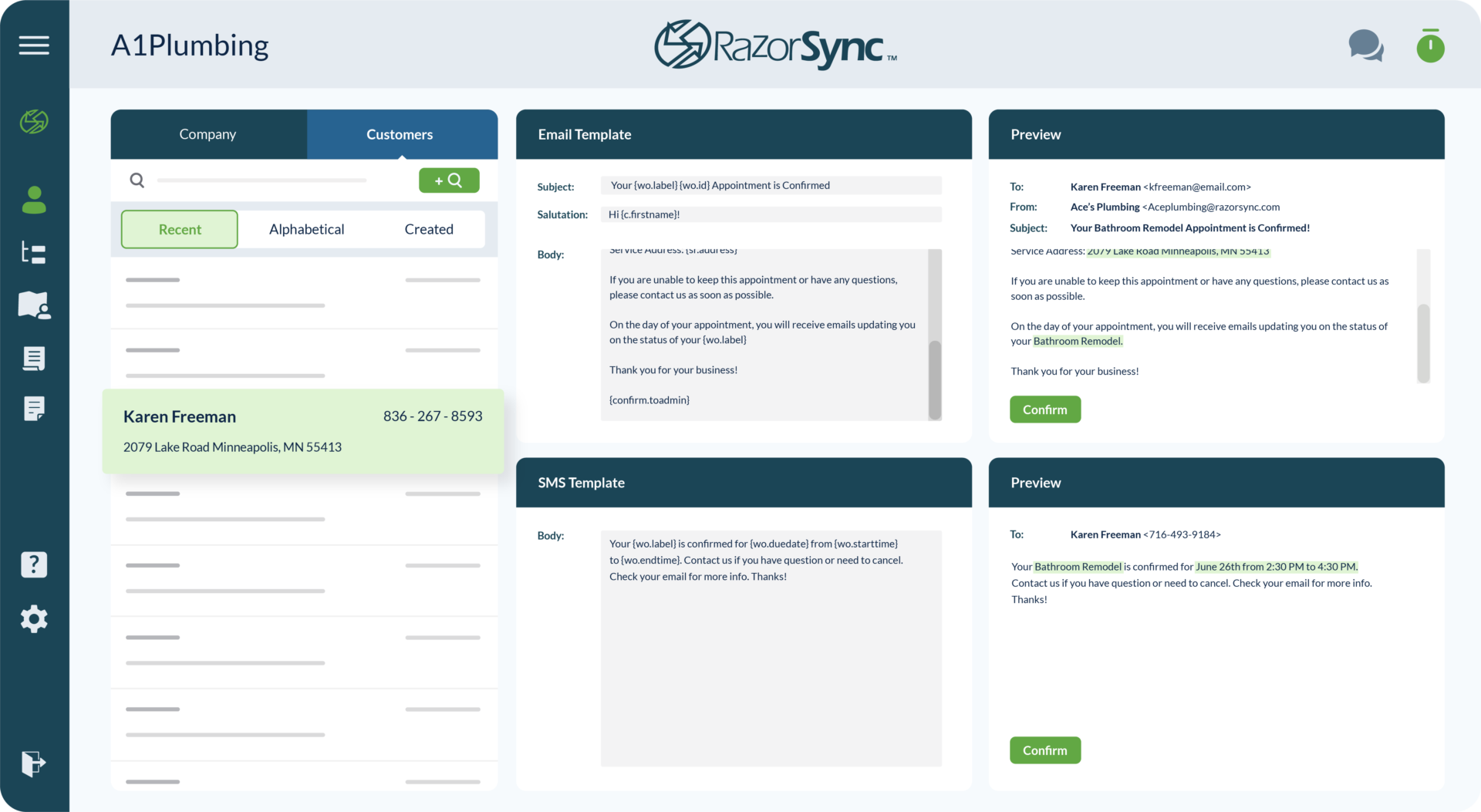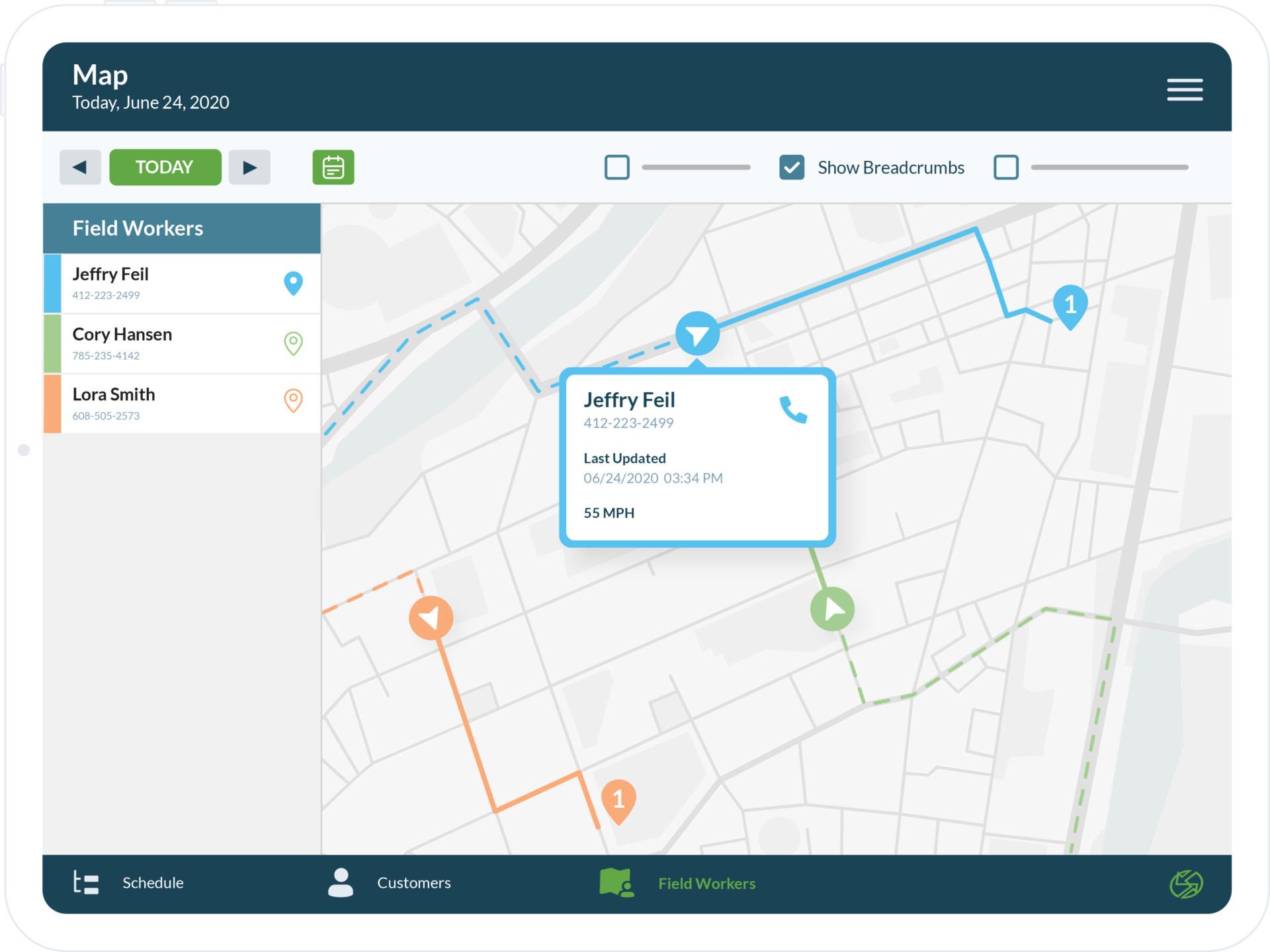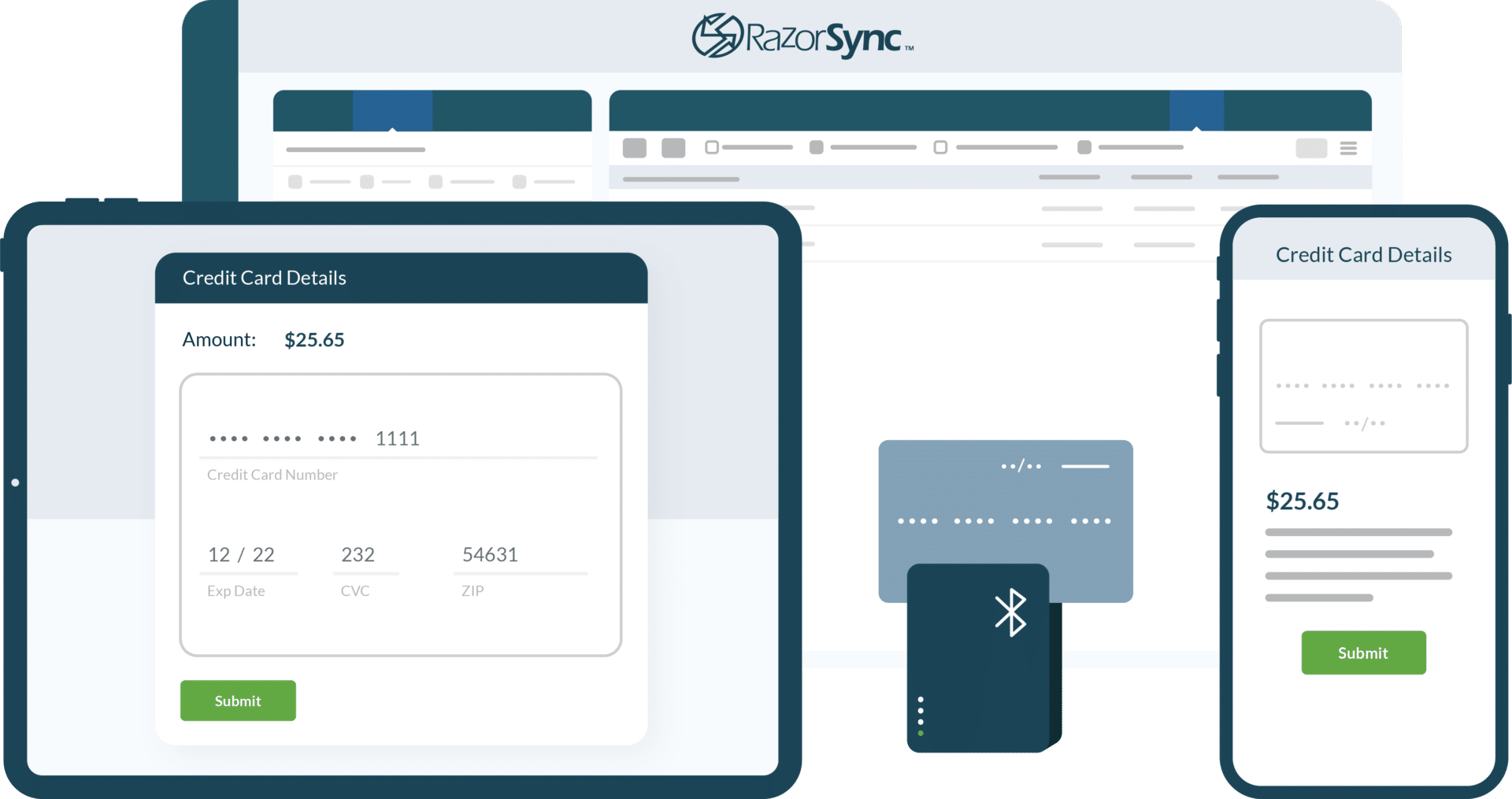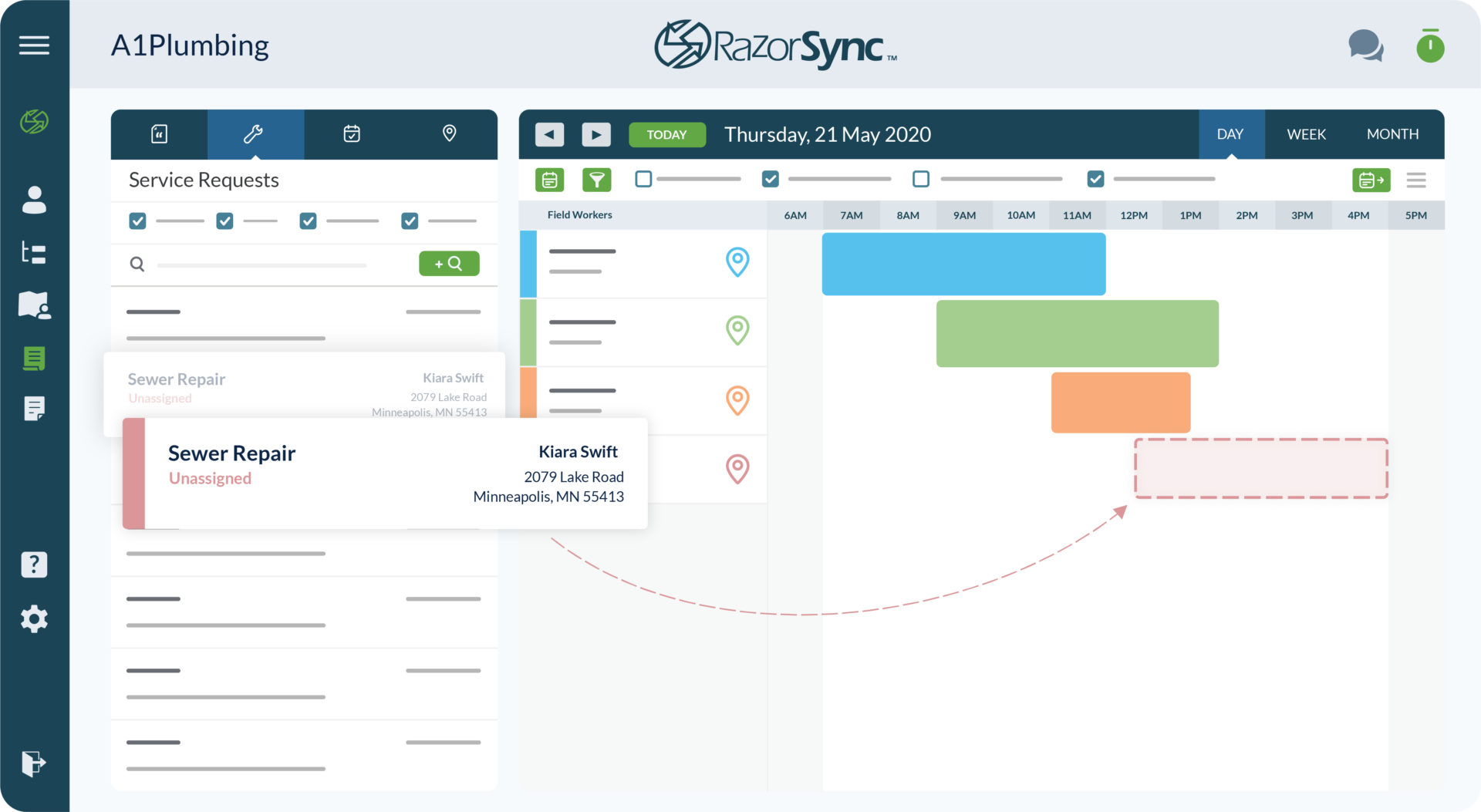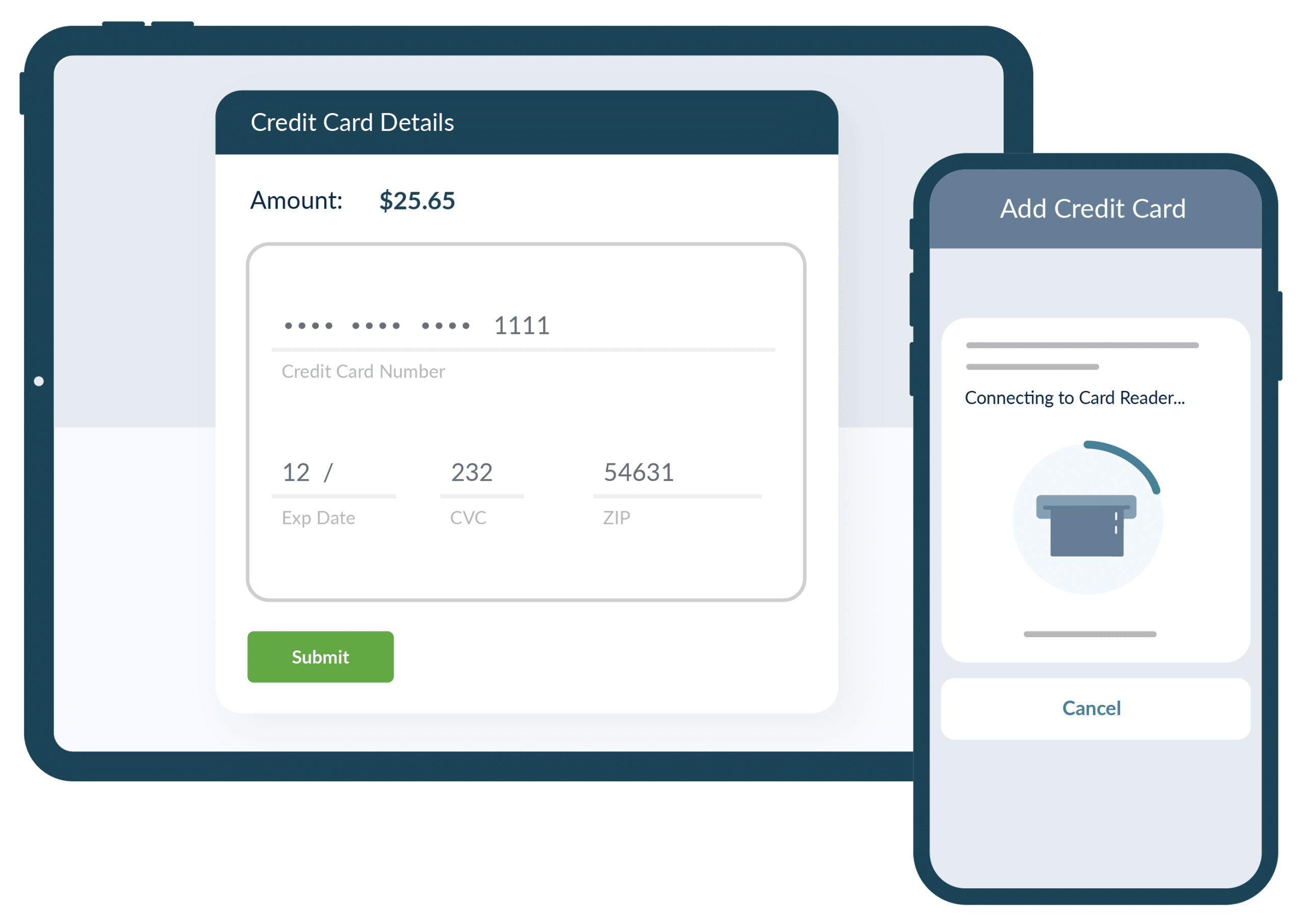Late Arrival: an HVAC Service Disaster
The record-breaking heat wave persists. Your office takes the fifteenth air conditioner call for the day. Your office manager explains to the hot, unhappy homeowner that a truck should be out on Wednesday between noon and 4 pm. That’s just three days and four hours away.
Jul 14, 2015
# of Minutes to Read

The record-breaking heat wave persists. Your office takes the fifteenth air conditioner call for the day. Your office manager explains to the hot, unhappy homeowner that a truck should be out on Wednesday between noon and 4 pm. That’s just three days and four hours away.
At 3:45 p.m. Wednesday, the homeowner, who took a half day from work to wait for your service, calls again, wondering if your truck is coming. Your dispatcher reassures the customer – then frantically tries to locate the missing truck. Meanwhile, another unit calls in to report a no-show.
Life should never be that bad. Late arrivals are high on the list of HVAC customer complaints, and today’s consumer is intolerant of long waits. You can take steps to minimize your risk, even during the winter and summer service call surges. The keys are setting realistic customer expectations and having an agile dispatching process. Here are some tips:
Watch the weather. If a heat wave or cold front is descending on your region like an elephant about to sit on your chest, leave some extra space in the schedule for the inevitable air conditioning, refrigeration or furnace breakdowns.
When scheduling, collect as much detail as possible about the problem and the appliance. Then have a technician evaluate the call and load potential parts on the truck before it leaves your station to minimize second visits and part runs. If it seems likely a second call will be necessary, contact the customer with that update.
The person scheduling a service call should finish with, “If we are able to get there sooner, we will give you a call.” Then do it. Show at every opportunity you respect your customer’s time.
During the day, track your units and customers on a map. Watch for no-shows and quick fixes, opportunities to get ahead of schedule by reassigning and rerouting your units.
Consider tying scheduling and dispatching into a self-service customer portal where the customer can see the progress of the assigned vehicle. Text or call with updates on your arrival time, minimizing the time your customer has to wait on site.
If the inevitable happens and you have a late arrival, explain. Apologize. If you have an on-time guarantee, be quick to offer the credit. Consider some credit even if you don’t have a guarantee. (An on-time guarantee looks great in advertising – don’t be afraid to offer it.)
RazorSync mobile software helps HVACR businesses complete more jobs in less time while reducing back-office bookkeeping. Interested? Schedule a live demonstration and see for yourself.
